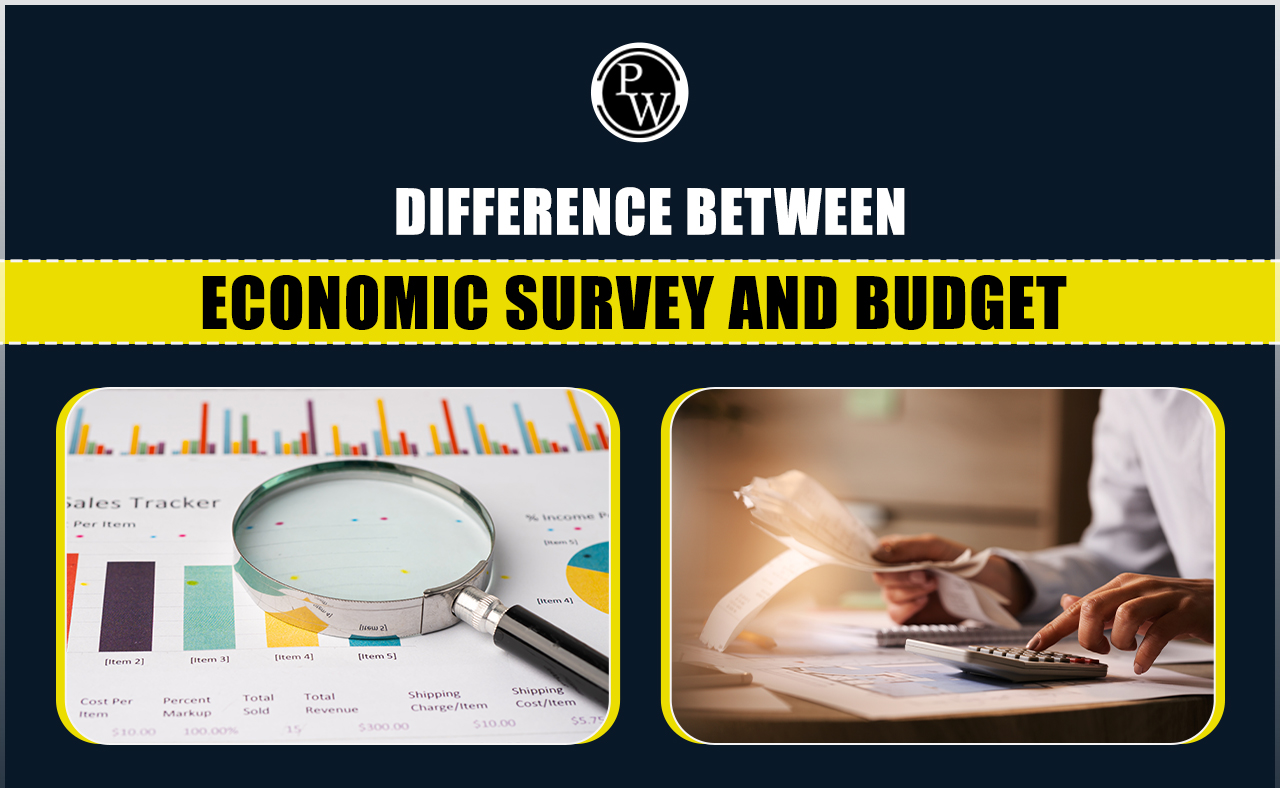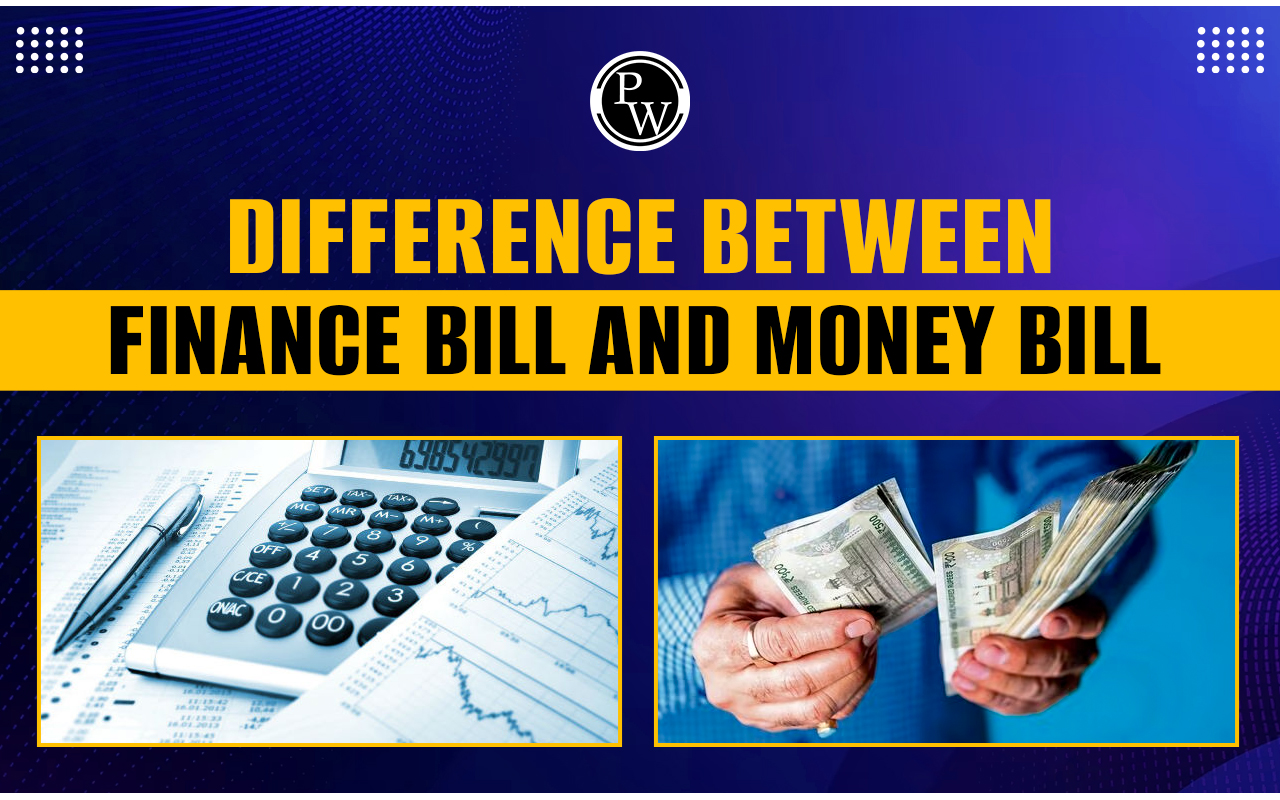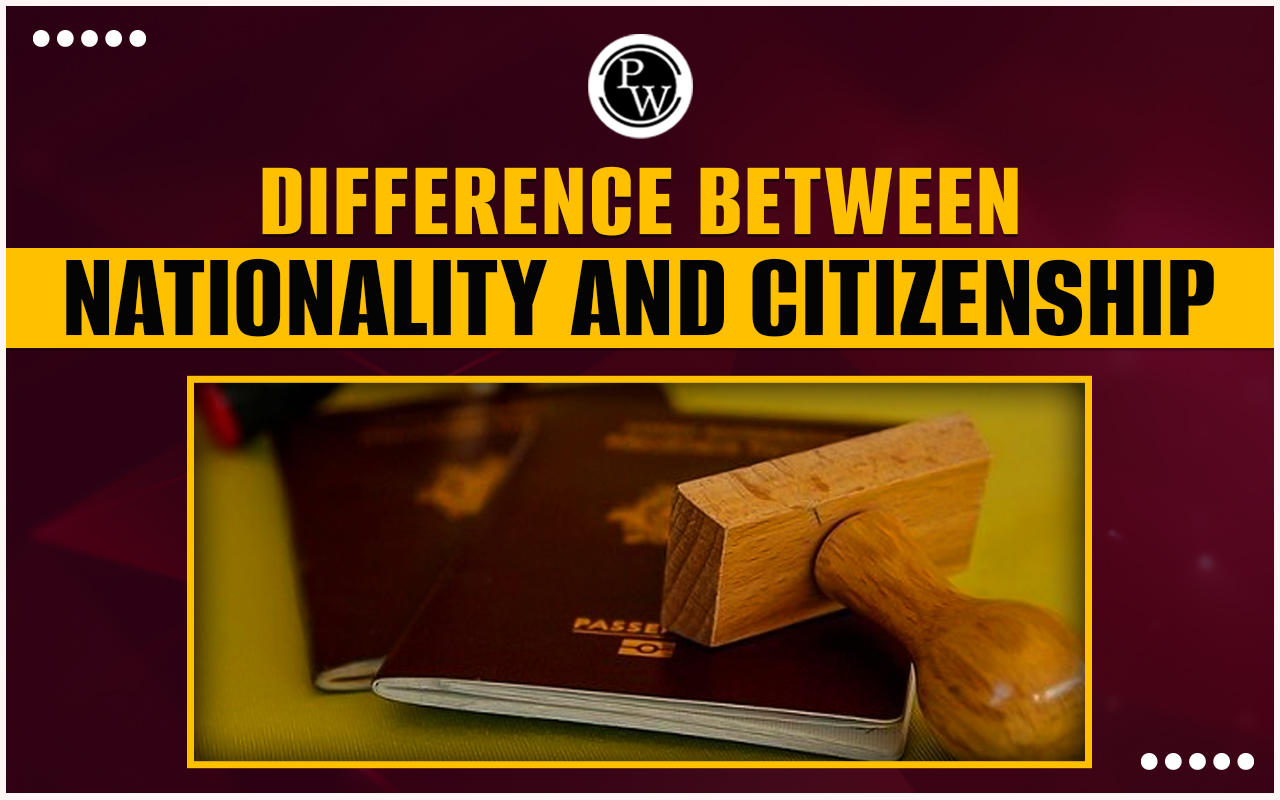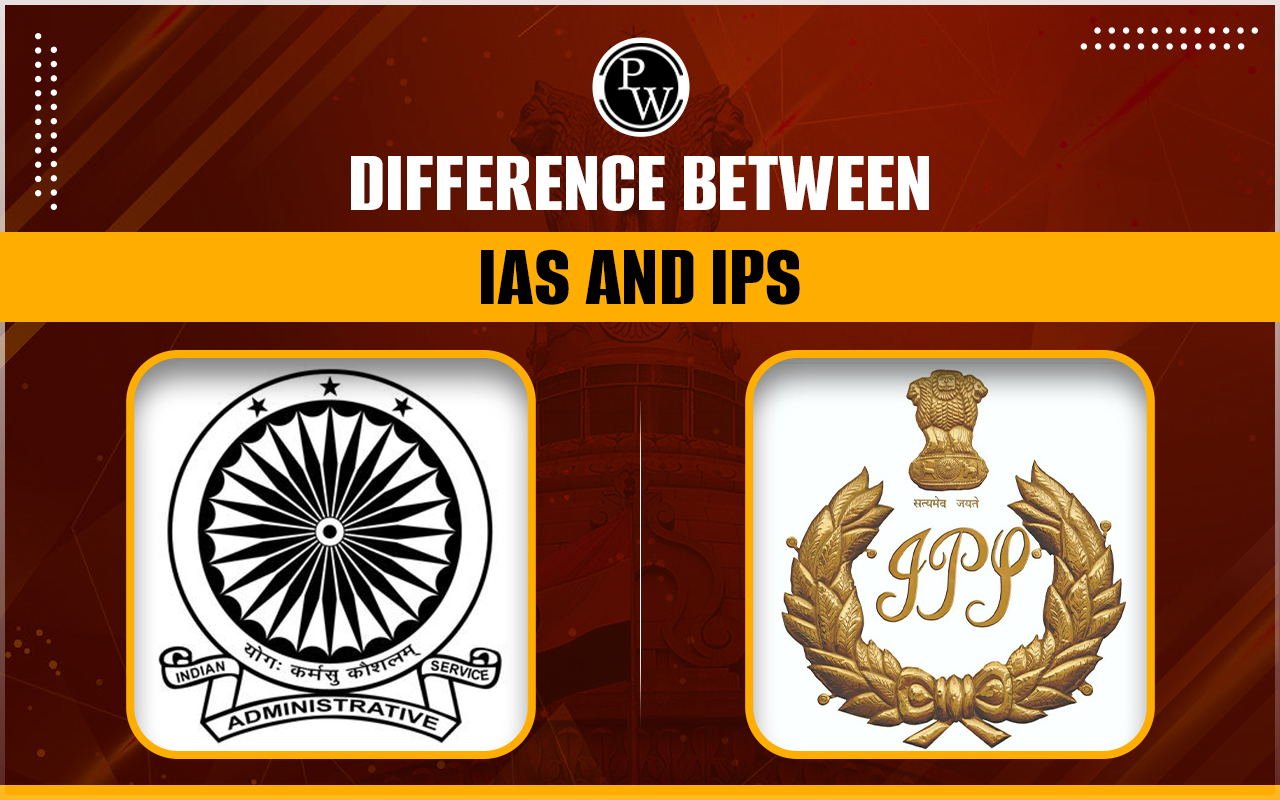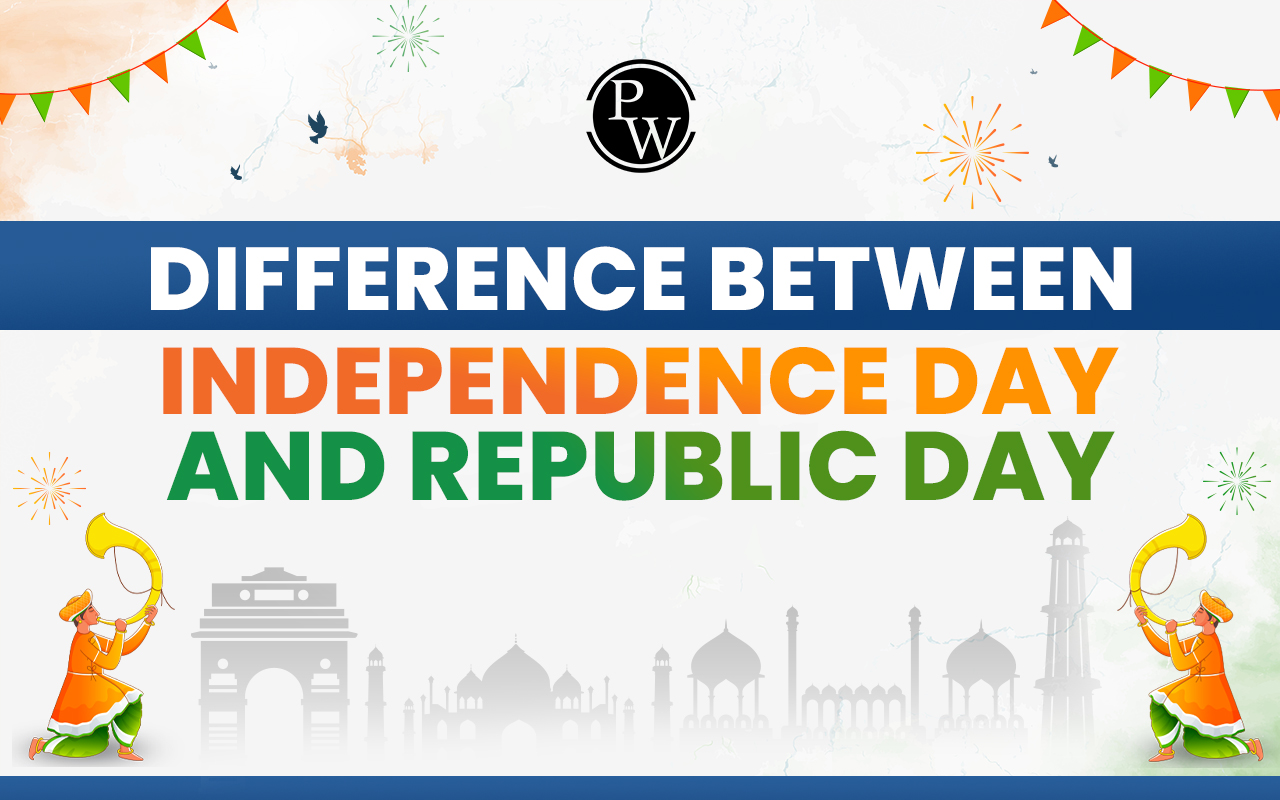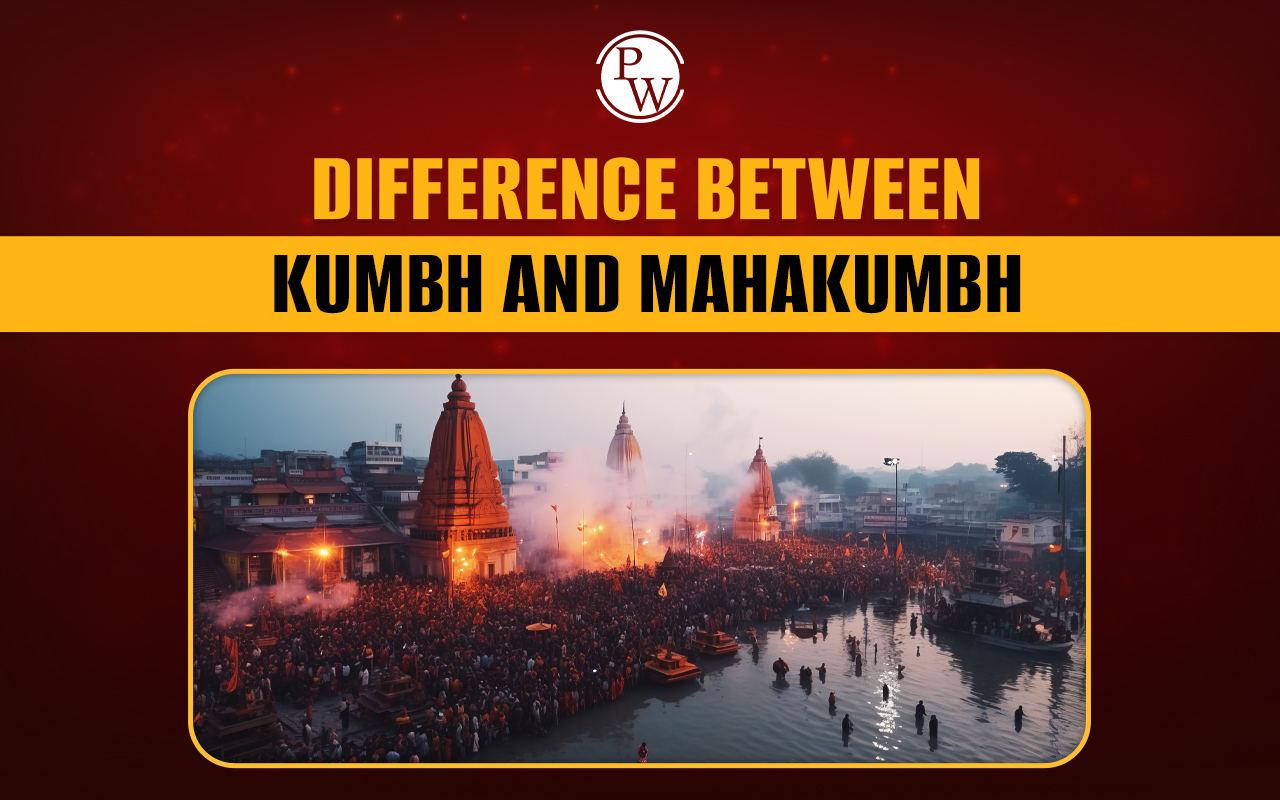
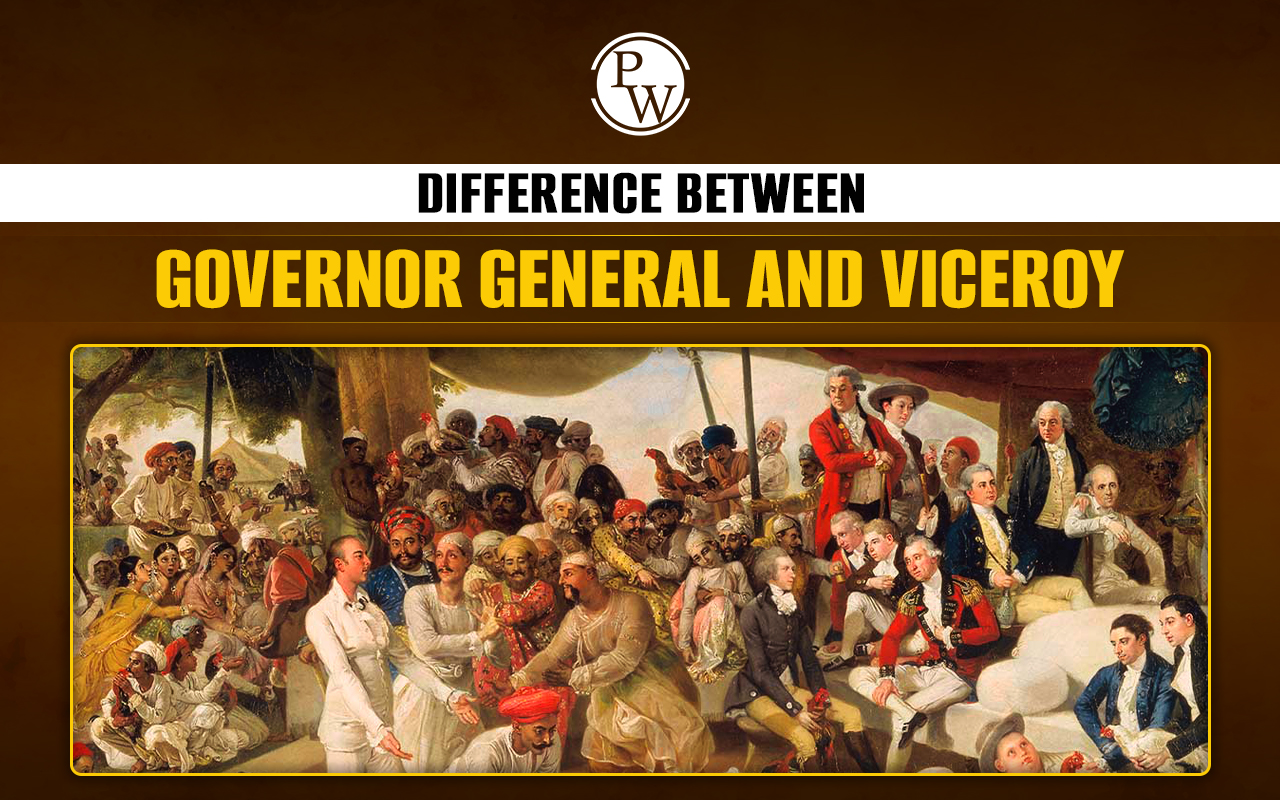
Difference Between Governor General and Viceroy: The Governor General and the Viceroy were two important officials during British rule in India, but their roles and powers were different. While the Governor General was the head of the administration and responsible for governing British territories in India, the Viceroy acted as the representative of the British Crown and had broader powers, especially after the title was introduced in 1858.
Understanding the differences between these two positions helps in learning about the structure and functioning of British colonial rule in India.
Difference Between Governor General and Viceroy
The following table highlights the difference between Governor General and Viceroy based on authority, period, and role:
|
Difference Between Governor General and Viceroy |
||
|
Feature |
Governor-General (of India) |
Viceroy (and Governor-General) |
|
Period |
1833 – 1858 (Company Rule) |
1858 – 1947 (Crown Rule) |
|
Source of Authority |
East India Company |
British Crown/Monarch |
|
Legislative Basis |
Charter Act of 1833 |
Government of India Act, 1858 |
|
Primary Role |
Administrative head of British territories |
Direct representative of the Crown; diplomatic and ceremonial head |
|
Appointed By |
Court of Directors of the East India Company |
British Monarch on advice of the Parliament |
|
Control Over |
Territories under the East India Company |
Entire Indian Administration (including Princely States, in the capacity of Viceroy) |
|
First Holder |
Lord William Bentinck |
Lord Canning |
Governor-General of India
The office of the Governor-General of Bengal was established by the Regulating Act of 1773, with Warren Hastings as the first Governor-General. The position later evolved with the passing of the Charter Act of 1833, which converted the title to Governor-General of India, making Lord William Bentinck the first holder of this position.
The Governor-General's authority was primarily administrative and was focused on overseeing the British territories directly controlled by the East India Company.
-
Period of Rule: 1773 (as Bengal) or 1833 (as India) to 1858.
-
Represented: The Court of Directors of the East India Company.
-
Key Function: To act as the chief administrator, governing British territories, implementing laws, and maintaining the Company's commercial and political interests.
-
First Holder of India: Lord William Bentinck.
-
Last Holder: Lord Canning.
Viceroy of India
The title of Viceroy (meaning "in place of the King") was introduced in 1858 after the pivotal Indian Revolt of 1857. The British Parliament passed the Government of India Act, 1858, which abolished the East India Company's rule and transferred the governance of India directly to the British Crown.
The existing Governor-General, Lord Canning, was given the additional, more prestigious title of Viceroy, making him the first Viceroy of India. The Viceroy's role was two-fold:
-
Governor-General: To serve as the administrative head of British India.
-
Viceroy: To act as the personal and direct representative of the British Monarch (Crown) in India, particularly when dealing with the princely states, which were not directly under British administration. This function gave the Viceroy immense political and diplomatic authority, making the post more ceremonial and authoritative than its predecessor.
-
Period of Rule: 1858 to 1947.
-
Represented: The British Crown (Monarch).
-
Key Function: To act as the Crown's representative, manage foreign relations, oversee princely states, and implement British Government policies.
-
First Holder: Lord Canning.
-
Last Holder: Lord Louis Mountbatten (as Viceroy).
Transition from Governor General to Viceroy
The transition from the Governor-General to the Viceroy post was a direct consequence of the Revolt of 1857. This major uprising exposed the failures and vulnerabilities of the East India Company’s governance, forcing the British Parliament to intervene directly.
-
End of Company Rule: The Government of India Act, 1858, was enacted, dissolving the East India Company and transferring all administrative and military power directly to the British Crown.
-
Creation of Viceroyalty: To symbolically and officially cement this transfer of power and establish a direct link between the Indian administration and the monarch, the Governor-General was given the new additional title of Viceroy and Governor-General of India.
-
The New Relationship: The Viceroy, as the Crown's personal representative, handled the diplomatic relations with the hundreds of Princely States that had fealty relationships with the Monarch, a role the Governor-General, representing a trading company, could not formally fulfill.
List of Governors-General of India
This list includes the holders of the office of Governor-General of India (after 1833) until the Crown took over:
-
Lord William Bentinck (1828–1835) – First Governor-General of India
-
Sir Charles Metcalfe (1835–1836)
-
Lord Auckland (1836–1842)
-
Lord Ellenborough (1842–1844)
-
Lord Hardinge (1844–1848)
-
Lord Dalhousie (1848–1856)
-
Lord Canning (1856–1858) – Last Governor-General of India
List of Viceroys of India
This list highlights key figures who held the office of Viceroy of India:
-
Lord Canning (1858–1862) – First Viceroy of India
-
Lord Lytton (1876–1880)
-
Lord Ripon (1880–1884)
-
Lord Curzon (1899–1905)
-
Lord Hardinge of Penshurst (1910–1916)
-
Lord Mountbatten (1947) – Last Viceroy of India
Difference Between Governor General and Viceroy FAQs
What is the main difference between Governor General and Viceroy?
Who was the first Governor-General of India, and who was the first Viceroy of India?
When did the title of Governor General change to Viceroy?
Why was the title of Viceroy introduced?




